April 2024
Ancient water systems are fascinating. The Qanat system originated approximately 3,000 years ago in what is now Iran. On the margins of the Sahara Desert in Morocco, the isolated oases of the Draa River valley and Tafilalt have relied on qanat water for irrigation since the late 14th century.
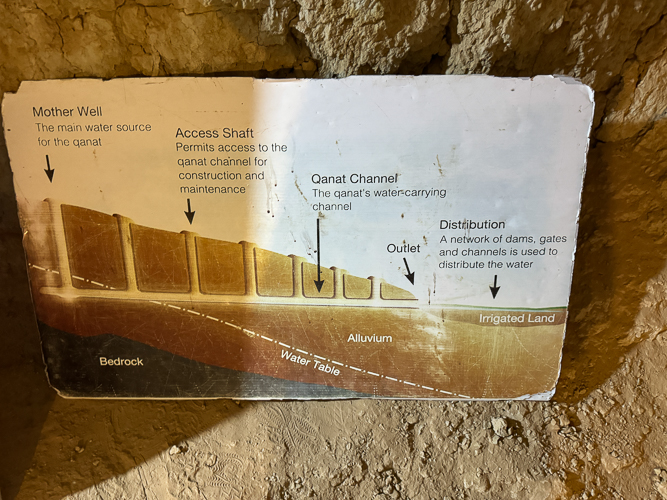
The Qanat is a water supply system that allows water to be transported over long distances in hot, dry climates without losing much of the water to evaporation. The system has the advantage of being resistant to natural disasters, such as earthquakes and floods, and to deliberate destruction in war. It is almost insensitive to precipitation levels, delivering a flow with gradual variations from wet to dry years.
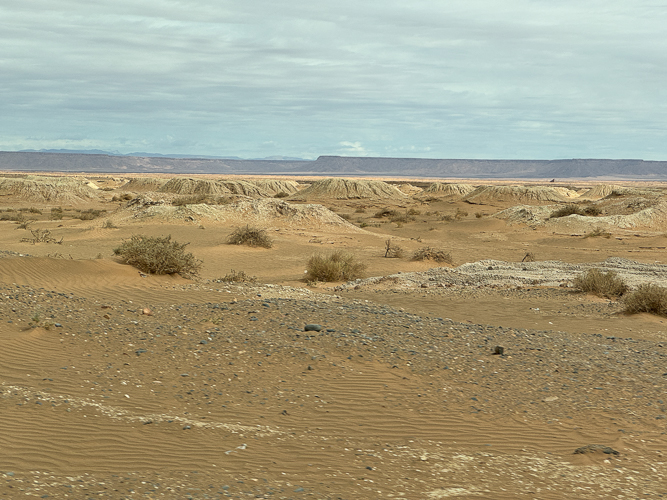
A series of Access Shafts go for miles and miles and are many.
These water systems are constructed as a series of well-like vertical shafts connected by a gently sloping tunnel. This tunnel taps into underground water and delivers it to the surface by gravity without the need for pumping. The vertical shafts along the underground channel are purely for maintenance purposes, and water is typically used only once it emerges from the daylight point.
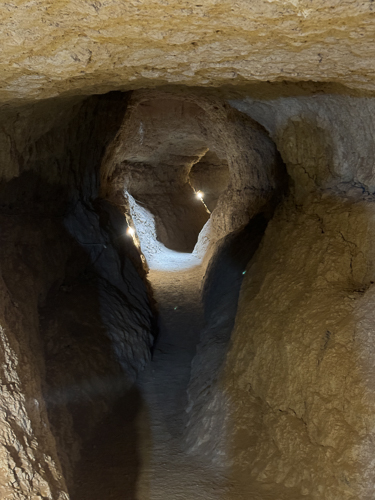
Standing in the underground tunnel. The south’s black Berbers (haratin) were the hereditary class of qanat diggers in Morocco who built and repaired these systems. The work was very dangerous.
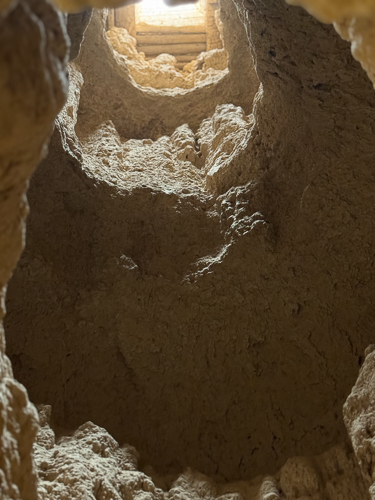
Looking up an access shaft from the canal
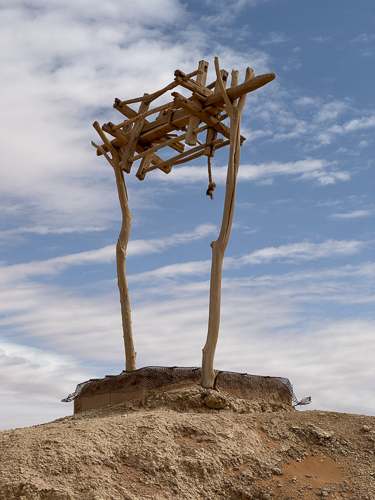
Traditionally, the holes above the access shafts were covered and not used for retrieving water, as is shown here.
Traditionally, the first water that entered the village from the Qanat system went directly to the ablution area of the mosque; from there, it found its way to homes and businesses.